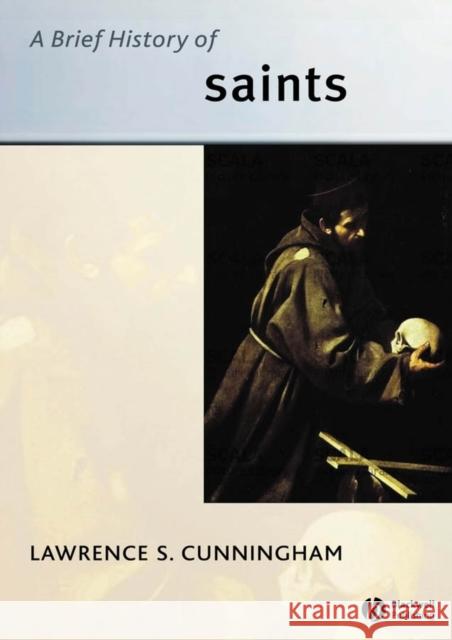A Brief History of Saints » książka
topmenu
A Brief History of Saints
ISBN-13: 9781405114028 / Angielski / Miękka / 2005 / 178 str.
A Brief History of Saints follows the rise of the cult of saints in Christianity from its origin in the age of the martyrs down to the present day.
- Refers to both well-known saints, such as Joan of Arc, and lesser-known figures like the 'holy fools' in the Orthodox tradition
- Ranges over subjects as diverse as the history of canonization processes, the Reformation critique of the cult of saints, and the role of saints in other religious traditions
- Discusses the relevance of sainthood in the postmodern era
- Two appendices describe patron saints and the iconography of saints in art.











